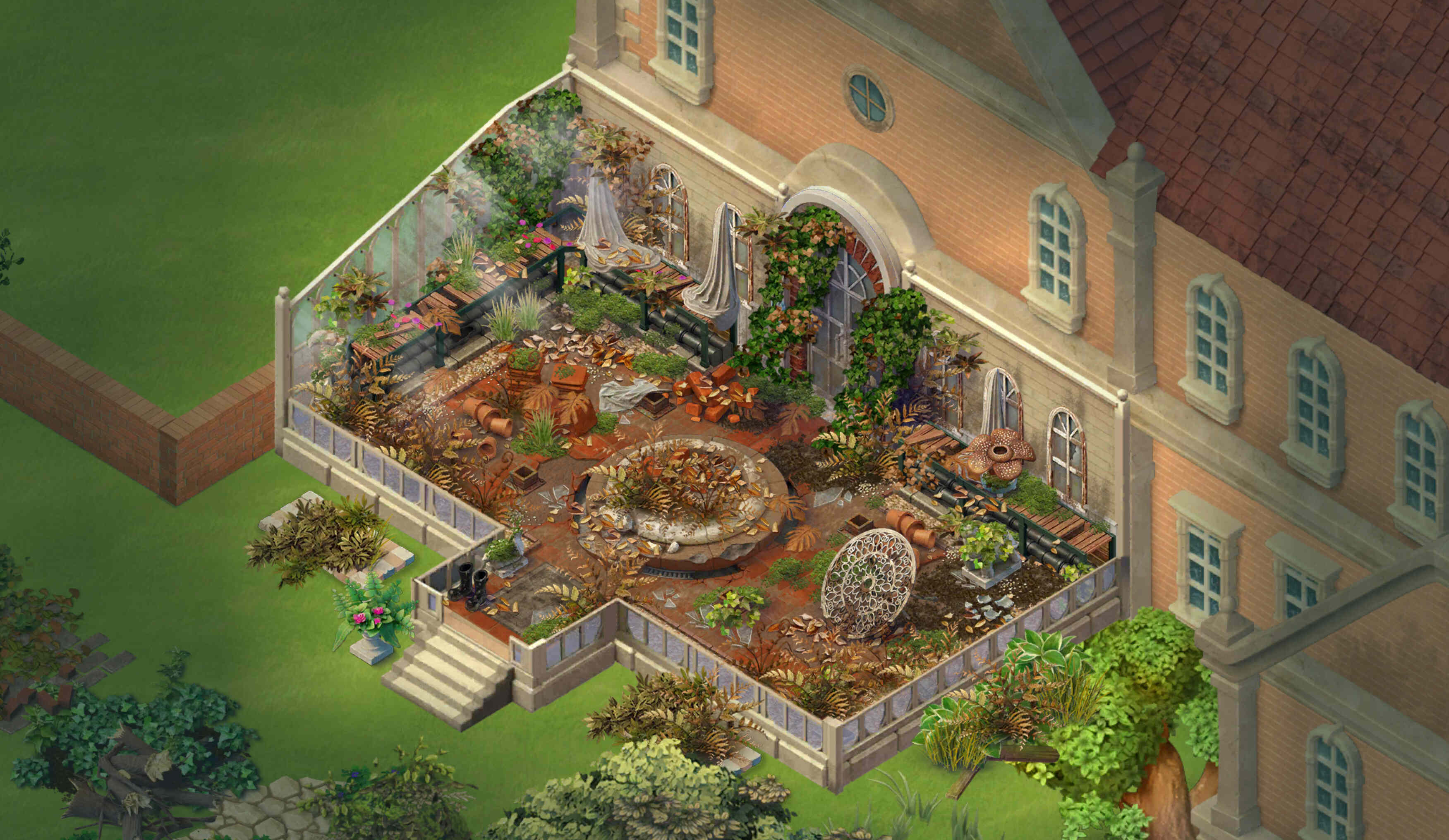
A floral odyssey: Discovering the leafy marvels of the Conservatory

Much like its residents, the plant life of the gardens and estate run by the famed Boulton family is vibrant, tenacious and deceptively surprising.
Many of these plants are unique to the Mansion grounds and cannot be found anywhere else in the world!
So, what’s got us barking up the tree? A rather fascinating plant collection growing in the Conservatory tucked away behind the Beaumont Hall. It seems the flora in the greenhouse have got an attitude and are best admired from a distance – keep reading to find out why!
1. Hopeberry: The least conspicuous of them all are the Hopeberry plants, Hopewell Bay’s celebrated fruity bounty, growing lavishly in a corner of the Conservatory. Hopeberries can also be found in abundance throughout the berry season, coinciding with the annual Hopeberry Festival. They are mainly grown in bogs on the town’s outskirts by our hardworking farmers. But, this particular berry can only be found in Hopewell Bay and its origin, whether natural or the work of an agro-scientist-mastermind, is unknown.
2. Corpse Flower (Titan Arum): Its distinctive rotting flesh odor might put you and me off but creates a hotbed for pollinators such as carrion beetles and flesh flies. Corpse Flower is extremely hard to grow and keep alive, but under the right conditions can grow up to a whopping 10 feet tall. It also happens to be Deb Boulton favorite bloom – reasons, like the odor of the Corpse Flower, is best steered clear of!

3. Night-blooming Cereus: Like mysterious occurrences at the Beaumont Hall, this cactus plant comes to life at night. Even though its large, fragrant flowers only last for one night – they sure add to the Mansion’s aesthetic.
4. Wolfsbane (Aconite): Admire it from a safe distance because this plant is highly toxic and has been used historically as a poison. According to our resident historian, Julius Walters, in the olden days Wolfsbane was used in potions and spells – admittedly, there is something mystical about how opulently this plant is growing in the Conservatory.
5. Manchineel Tree: Dubbed as ‘the Earth’s most poisonous tree’, Manchineel trees are clearly marked with warning signs to stop people from coming into contact – so, be sure to admire from far. This tree has a toxic sap which can cause severe irritation and even blindness if it comes into contact with the eyes!
Head over to the Conservatory and see what mysteries its sprouting this time of the year!

